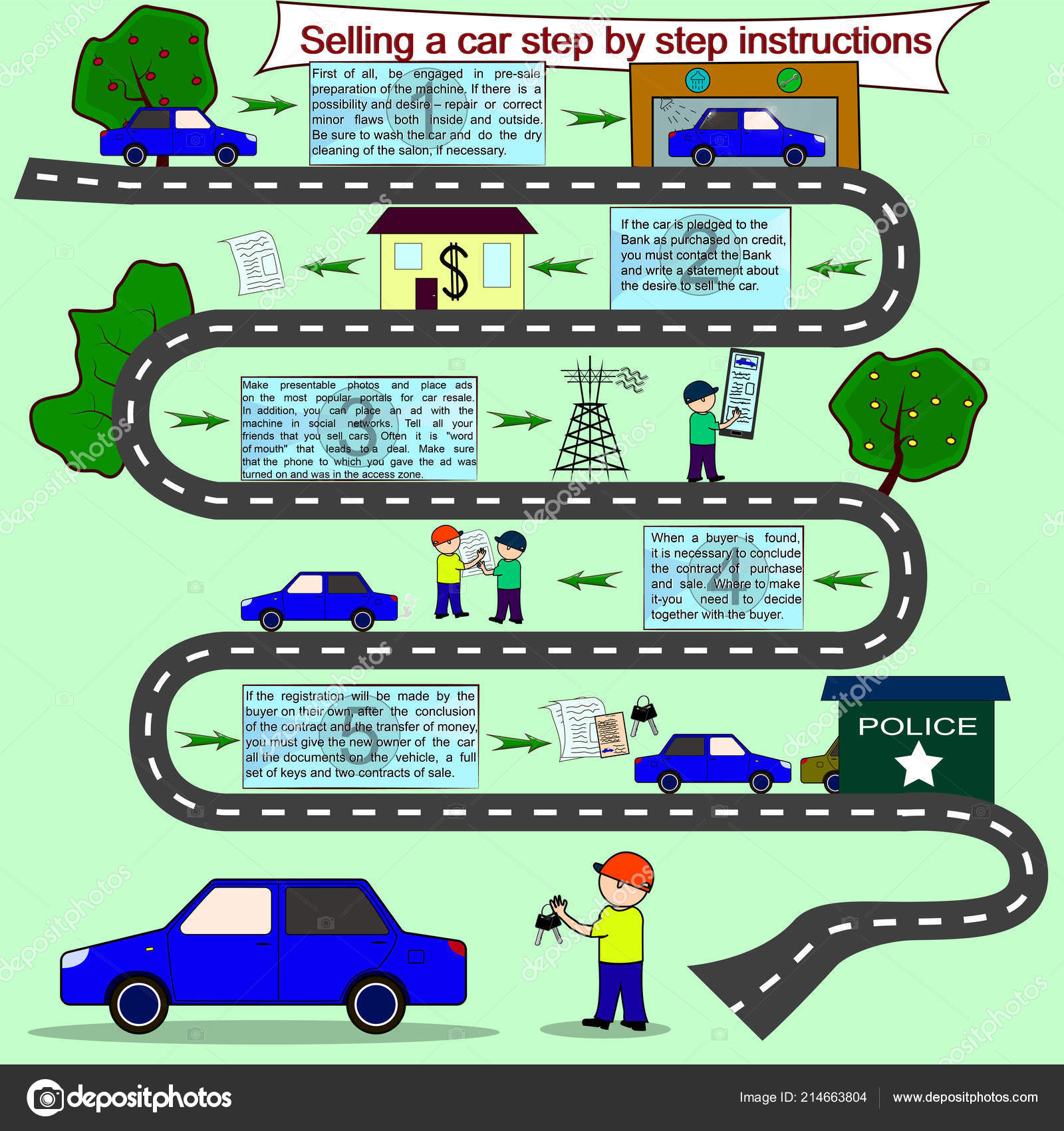Intend To Learn More Regarding The Caution Lights On Your Control Panel? Reveal What They Suggest Concerning Your Lorry'S Health And Safety
Intend To Learn More Regarding The Caution Lights On Your Control Panel? Reveal What They Suggest Concerning Your Lorry'S Health And Safety
Blog Article
Content Created By-Hartley Gilbert
When you're behind the wheel, those beautiful caution lights on your control panel can be a bit bewildering. Do you recognize what they're trying to tell you regarding your cars and truck's wellness? Understanding the value of these lights is vital for your security and the durability of your vehicle. So, the following time among those lights appears, wouldn't you wish to analyze its message accurately and take the needed steps to resolve it?
Common Warning Lighting and Interpretations
Identify common warning lights in your auto and comprehend their significances to guarantee safe driving.
One of the most typical caution lights include the check engine light, which signifies concerns with the engine or emissions system. If this light begins, it's vital to have your lorry checked immediately.
The oil pressure cautioning light suggests reduced oil pressure, calling for instant focus to avoid engine damage.
A flashing battery light could suggest a damaged billing system, potentially leaving you stranded otherwise addressed.
The tire pressure monitoring system (TPMS) light alerts you to low tire stress, impacting vehicle stability and gas efficiency. Ignoring this could cause dangerous driving conditions.
The abdominal muscle light shows an issue with the anti-lock stopping system, endangering your capacity to stop promptly in emergencies.
Lastly, the coolant temperature level cautioning light warns of engine getting too hot, which can result in extreme damage otherwise resolved quickly.
Comprehending these common warning lights will aid you attend to issues immediately and maintain safe driving problems.
Relevance of Prompt Attention
Understanding the common caution lights in your car is only the first step; the relevance of immediately attending to these warnings can't be stressed sufficient to guarantee your safety on the road.
When a warning light brightens on your control panel, it's your cars and truck's way of communicating a possible issue that requires interest. Disregarding mobile car valet auckland can result in a lot more serious problems in the future, endangering your security and possibly costing you a lot more in repairs.
https://www.gobankingrates.com/saving-money/car/unconventional-tactic-could-save-85-percent-on-next-car-repair/ to cautioning lights can protect against break downs and crashes. As an example, a flashing check engine light might indicate a misfire that, if left neglected, could create damages to the catalytic converter. Addressing this promptly can save you from a costly repair service.
In a similar way, a brake system alerting light may signify low brake fluid or used brake pads, crucial elements for your security when driving.
DIY Troubleshooting Tips
If you see a caution light on your dashboard, there are a couple of DIY troubleshooting suggestions you can try prior to looking for professional help.
The very first step is to consult your auto's guidebook to recognize what the details caution light indicates. Sometimes the problem can be as easy as a loosened gas cap setting off the check engine light. Tightening the gas cap might fix the trouble.
An additional common issue is a reduced battery, which can trigger various advising lights. Examining https://sethihcwq.thelateblog.com/30460939/unlock-the-capability-to-improve-your-cars-and-truck-s-search-in-under-an-hour-making-use-of-simple-suggestions-that-will-amaze-you-your-quick-fix-for-auto-outlining-goes-to-your-fingertips for deterioration and guaranteeing they're secure could take care of the problem.
If a caution light lingers, you can attempt resetting it by detaching the vehicle's battery for a few minutes and after that reconnecting it. In addition, checking your automobile's fluid degrees, such as oil, coolant, and brake fluid, can help fix cautioning lights associated with these systems.
Conclusion
To conclude, recognizing your vehicle's warning lights is important for maintaining your car running efficiently and securely. By without delay attending to these signals and knowing what they indicate, you can avoid pricey fixings and potential malfunctions.
Bear in mind to consult your automobile's manual for specific details on each warning light and do something about it accordingly to guarantee a hassle-free driving experience.
Stay informed, remain safe on the road!
